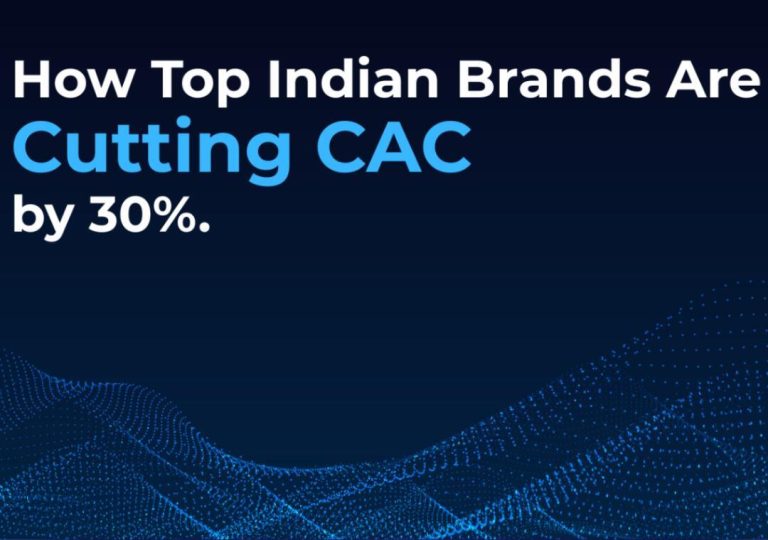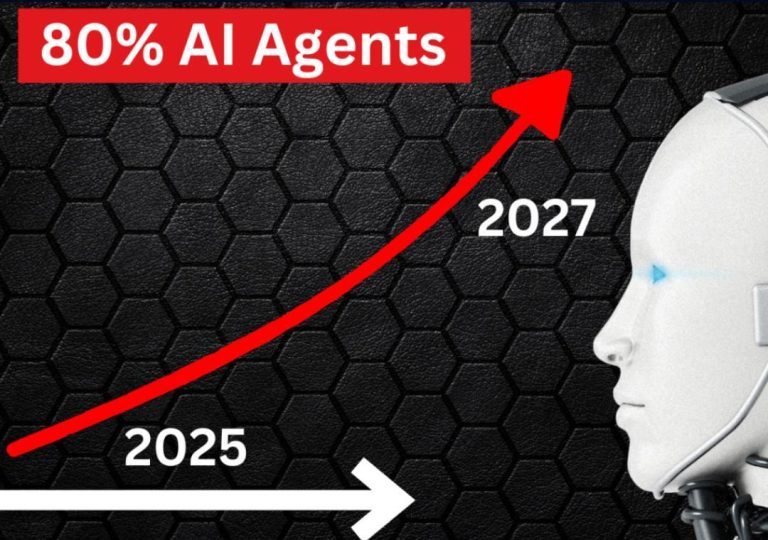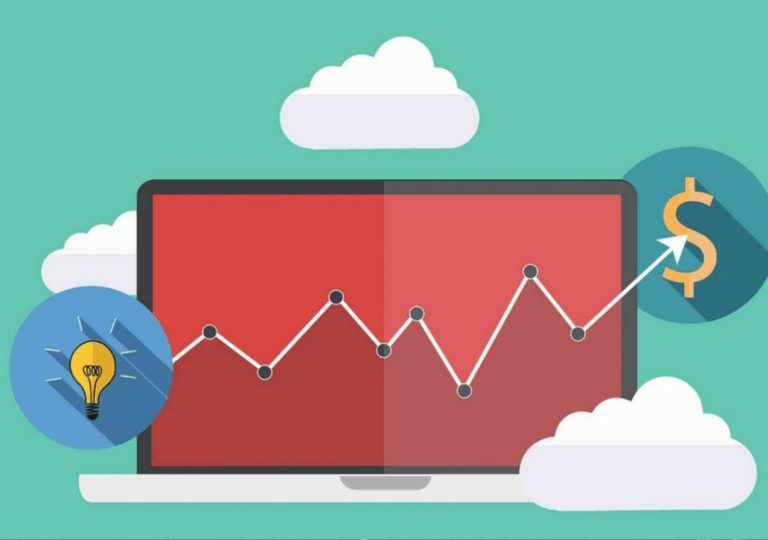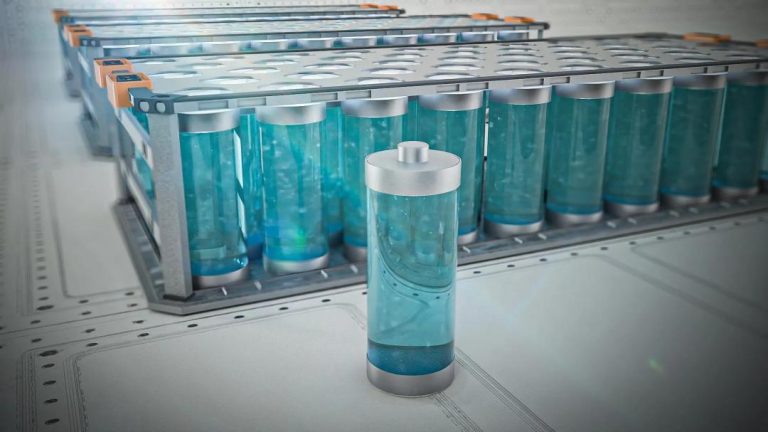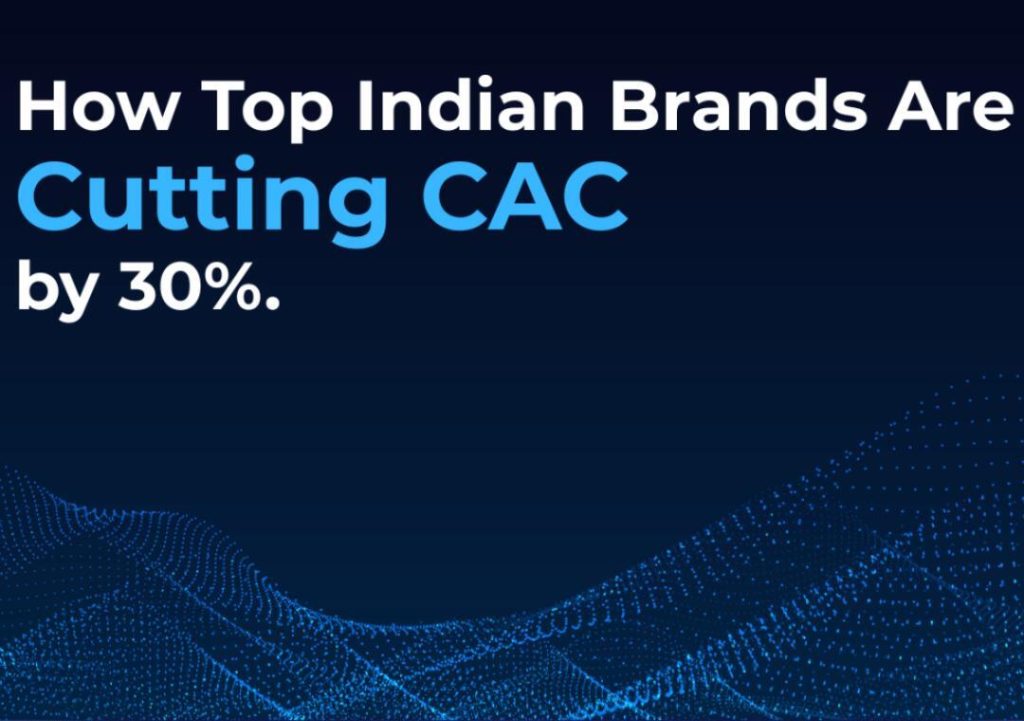
Indian Brands Slash CAC by 30% using AI
In today’s competitive digital landscape, reducing customer acquisition costs (CAC) is a top priority for e-commerce businesses. With the rise of artificial intelligence (AI), companies are leveraging predictive signals to identify high-intent users early in the funnel, resulting in significant CAC reductions. In India, leading direct-to-consumer (D2C) brands are no exception, cutting CAC by up to 30% by using Intellsys predictive signals.
Traditionally, e-commerce businesses have relied on blanket campaigns, throwing money at various marketing channels in the hopes of attracting new customers. However, this approach is often wasteful and inefficient, with a significant portion of ad spend going to users who are unlikely to convert. With AI, companies can now map micro-moments across the customer journey, making every ad dollar sharper, smarter, and more accountable.
So, how are Indian D2C brands achieving such impressive CAC reductions? The answer lies in the strategic use of AI-powered predictive signals. By analyzing user behavior, browsing history, and purchase patterns, brands can identify high-intent users early in the funnel, allowing them to target them with personalized messages and offers.
One of the key benefits of AI-powered predictive signals is the ability to identify users who are more likely to convert. By targeting these users with relevant ads and offers, brands can increase the likelihood of conversion, while also reducing the need for costly blanket campaigns. This approach not only reduces CAC but also improves overall ROI.
Another significant advantage of AI-powered predictive signals is the ability to optimize ad spend in real-time. By analyzing user behavior and adjusting ad targeting and messaging accordingly, brands can ensure that their ad spend is being used efficiently and effectively. This approach allows brands to maximize their return on ad spend (ROAS) and minimize waste.
In addition to reducing CAC and improving ROI, AI-powered predictive signals also provide valuable insights into user behavior and preferences. By analyzing user data, brands can gain a deeper understanding of their target audience, allowing them to create more effective marketing campaigns and improve overall customer engagement.
To illustrate the impact of AI-powered predictive signals on CAC, let’s take a look at some real-world examples from leading Indian D2C brands.
Case Study 1: Fashion Brand X
Fashion Brand X, a popular online fashion retailer, was struggling to reduce its CAC. The brand was relying on blanket campaigns, throwing money at various marketing channels in the hopes of attracting new customers. However, this approach was not yielding the desired results, with a significant portion of ad spend going to users who were unlikely to convert.
Using Intellsys predictive signals, Fashion Brand X was able to identify high-intent users early in the funnel, allowing them to target these users with personalized messages and offers. As a result, the brand was able to reduce its CAC by 25%, while also improving overall ROI.
Case Study 2: Beauty Brand Y
Beauty Brand Y, a popular online beauty retailer, was facing similar challenges. The brand was relying on blanket campaigns, but was struggling to attract new customers and reduce its CAC. Using Intellsys predictive signals, Beauty Brand Y was able to identify high-intent users early in the funnel, allowing them to target these users with personalized messages and offers.
As a result, the brand was able to reduce its CAC by 30%, while also improving overall ROI. The brand was also able to gain valuable insights into user behavior and preferences, allowing them to create more effective marketing campaigns and improve overall customer engagement.
Case Study 3: Home Decor Brand Z
Home Decor Brand Z, a popular online home decor retailer, was struggling to reduce its CAC. The brand was relying on blanket campaigns, but was struggling to attract new customers and reduce its CAC. Using Intellsys predictive signals, Home Decor Brand Z was able to identify high-intent users early in the funnel, allowing them to target these users with personalized messages and offers.
As a result, the brand was able to reduce its CAC by 28%, while also improving overall ROI. The brand was also able to gain valuable insights into user behavior and preferences, allowing them to create more effective marketing campaigns and improve overall customer engagement.
In conclusion, Indian D2C brands are slashing CAC by up to 30% by using Intellsys predictive signals to identify high-intent users early in the funnel. By leveraging AI-powered predictive signals, brands can reduce CAC, improve ROI, and gain valuable insights into user behavior and preferences. As the digital landscape continues to evolve, it’s clear that AI-powered predictive signals will play a critical role in the success of e-commerce businesses.
Source:
https://www.growthjockey.com/blogs/how-top-indian-brands-are-cutting-cac-by-30-with-intellsys
